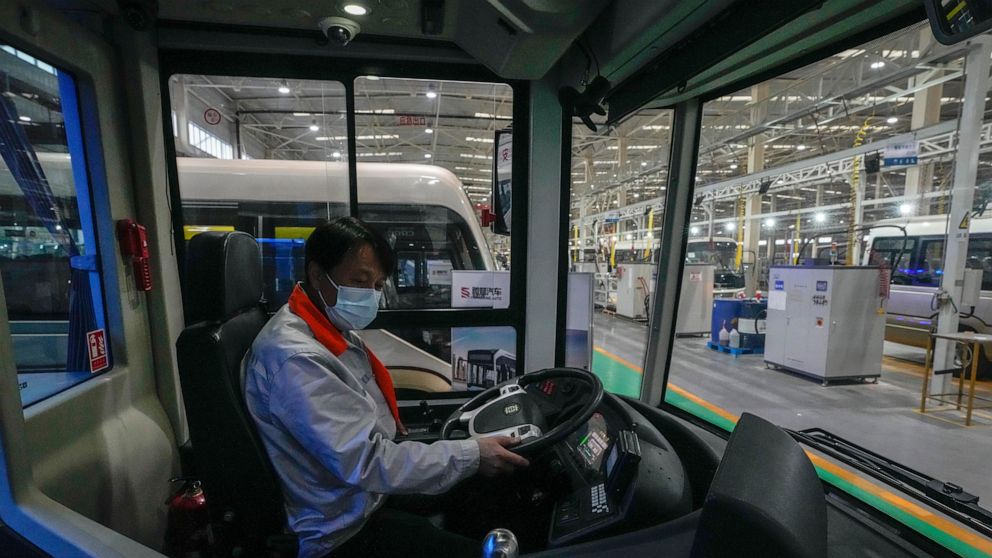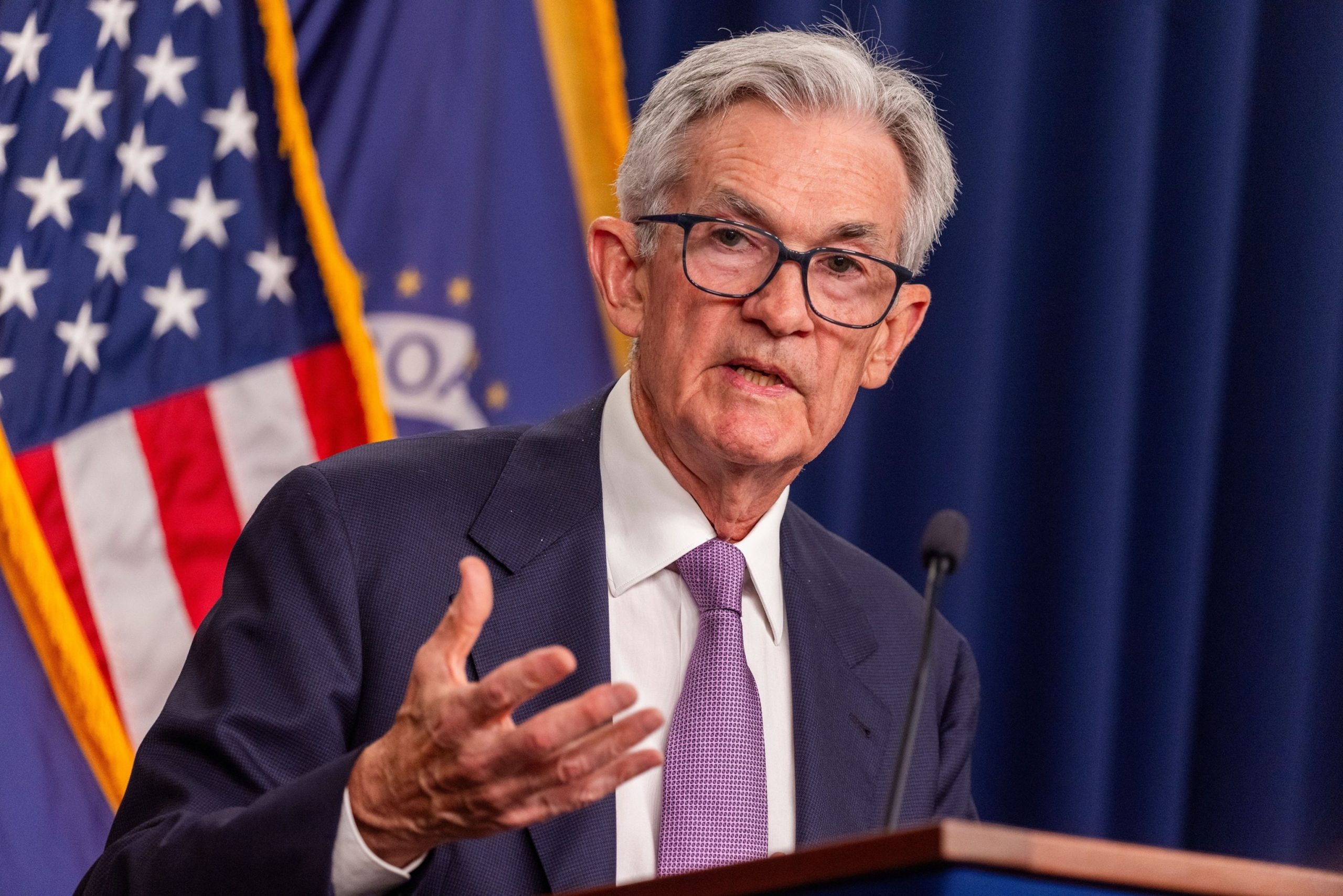The COVID-19 pandemic has had a significant impact on the global economy, and China, as the world’s second-largest economy, has not been immune to its effects. While China was the first country to experience the outbreak of the virus, it has also been one of the first to emerge from the crisis. However, the country’s economic recovery has been fragile, and there are several factors that are contributing to this struggle.
One of the main challenges that China is facing is the slowdown in global demand. The pandemic has led to a decrease in demand for Chinese goods and services, as many countries have implemented lockdowns and travel restrictions. This has had a significant impact on China’s exports, which have traditionally been a major driver of the country’s economic growth. In addition, the pandemic has disrupted global supply chains, which has made it difficult for Chinese companies to access the raw materials and components they need to manufacture their products.
Another factor that is contributing to China’s struggle with economic recovery is the high level of debt in the country. Before the pandemic, China’s debt-to-GDP ratio was already high, and the government’s efforts to stimulate the economy during the crisis have only increased this burden. While these measures have helped to support businesses and households during the pandemic, they have also raised concerns about the long-term sustainability of China’s debt levels.
In addition, China’s aging population is also a significant challenge for the country’s economic recovery. The country’s one-child policy, which was in place for several decades, has led to a rapidly aging population, which is putting pressure on the country’s social welfare system. This is likely to lead to higher healthcare and pension costs in the future, which could further strain China’s already fragile economy.
Despite these challenges, there are also some positive signs for China’s economic recovery. The country’s manufacturing sector has shown signs of improvement in recent months, with industrial production and exports both increasing. In addition, the government’s efforts to stimulate domestic demand through measures such as tax cuts and infrastructure spending are likely to support economic growth in the coming months.
Overall, China’s struggle with economic recovery following the COVID-19 pandemic is a complex issue that is influenced by a range of factors. While the country faces significant challenges, there are also opportunities for growth and development in the years ahead. As China continues to navigate this difficult period, it will be important for policymakers to strike a balance between supporting the economy in the short term and addressing the longer-term challenges that the country faces.



